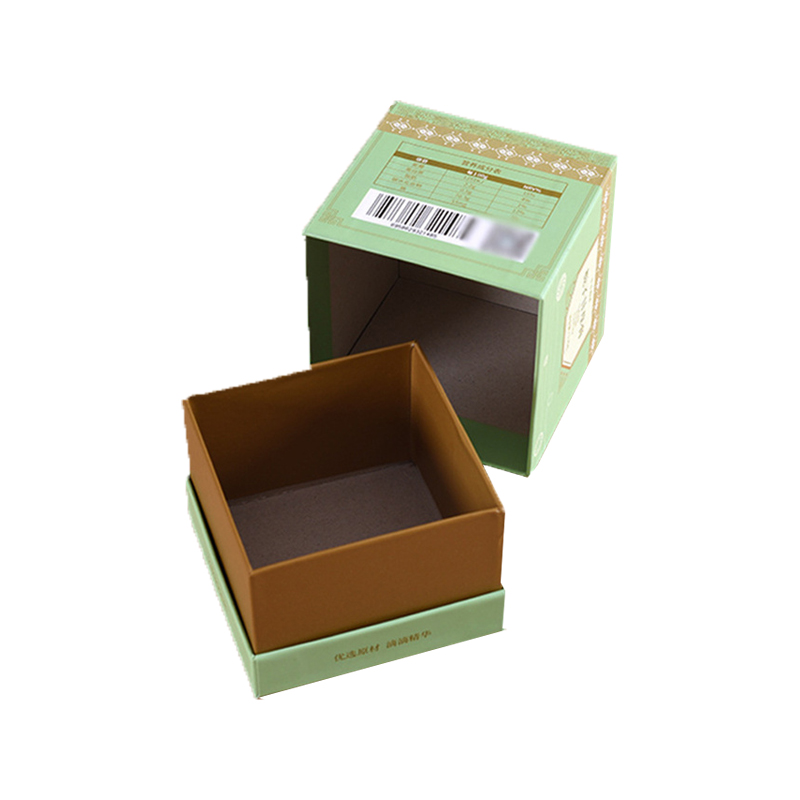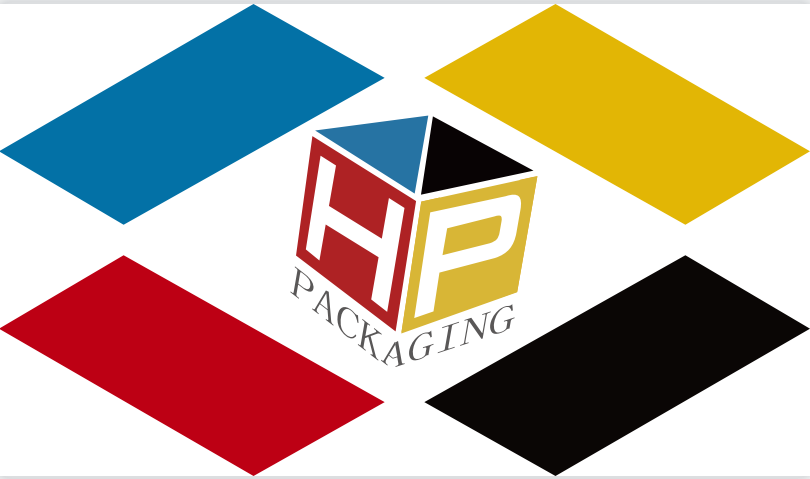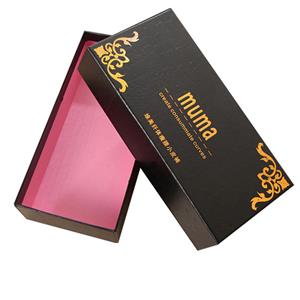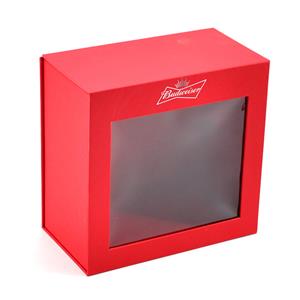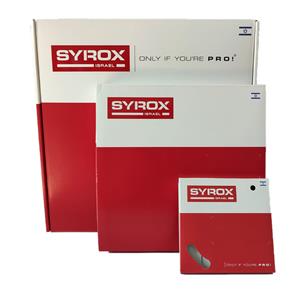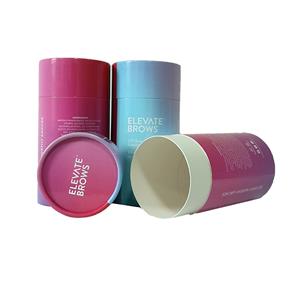Why paper packaging the best packaging choice given by nature?
Why paper packaging the best packaging choice given by nature?
Importantly, when paper packaging is recycled, it extends the life of the natural resources used to produce it and prevents waste from going to landfills. The paper and wood products industry is inherently circular in its supply chain, from the regeneration of renewable resources (trees) that provide fiber, to the recycling of packaging and recycling, and the conversion of paper into new products. The industry achieves more with less through efficient use of wood fibers, multiple reuses of water and pulping chemicals, production of carbon-neutral biomass energy from manufacturing residues and by-products, and optimization of the use of non-renewable resources.
The forest products sector is essential for the continued transition to a low-carbon and circular future rooted in renewable natural resources, also known as the bioeconomy. Fibrous materials have the ability to capture and store carbon and can be used in a wide range of renewable solutions that can replace non-renewable and fossil-based materials in the products we use every day.
Paper and cardboard packaging, including corrugated boxes, folding color boxes, cardboard boxes, flexible packaging, sacks and bags, is often the preferred sustainable packaging option for consumers. Its main raw material, wood fiber, is a renewable resource and has the highest recovery rate of all types of packaging materials.
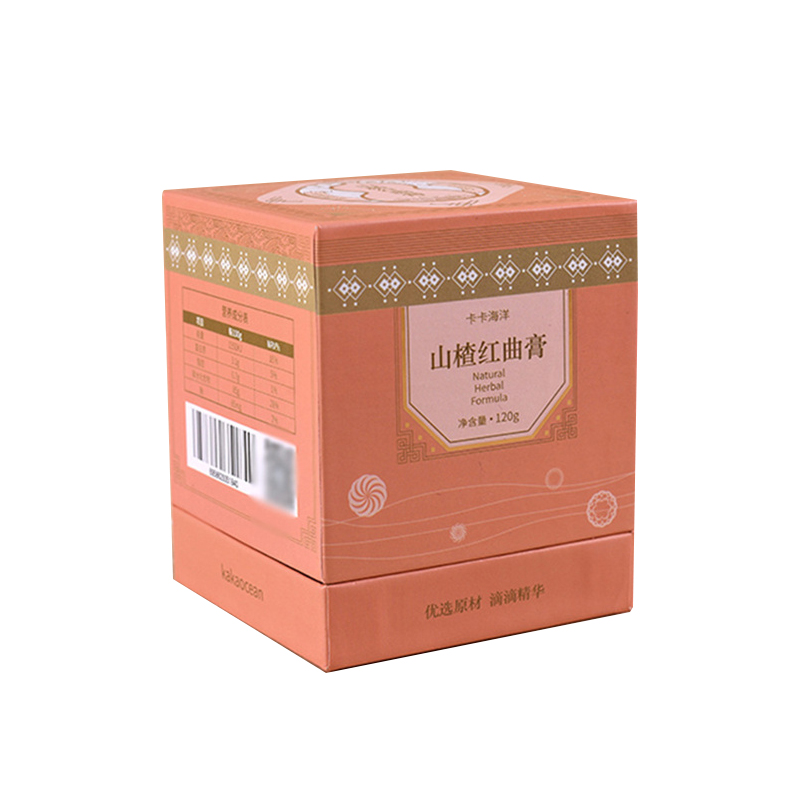
The benefits of recycling paper packaging include expanding the supply of a valuable natural resource (wood fiber), saving landfill space, avoiding greenhouse gas emissions that release methane when paper breaks down in landfills, and reducing the amount of energy required to produce certain paper products.
In the United States, nearly 81 percent of paper packaging is recycled and more than 96 percent of corrugated boxes are recycled, while plastic packaging has a recycling rate of only 14 percent in the United States. In Canada, the national recycling rate for old corrugated boxes is estimated at 85%, with at least one provincial recycling program reaching 98%. The time corrugated box fibers are recycled to make new cartons and other paper products.
In North America, about 90% of folding color boxes (in tons) are made from recyclable cardboard and are easily recycled in the normal waste stream. In addition to being recyclable, paper and cardboard packaging is made from recycled fibers. For example, in the United States, the average corrugated box content is 50%, and almost all old corrugated boxes are used to make new paper products. In Canada, corrugated boxes used in products such as cereal and shoeboxes are almost 100% recycled. Almost all Americans and Canadians have access to community curbside and/or drop-off recycling programs to recycle paper and paper packaging.
